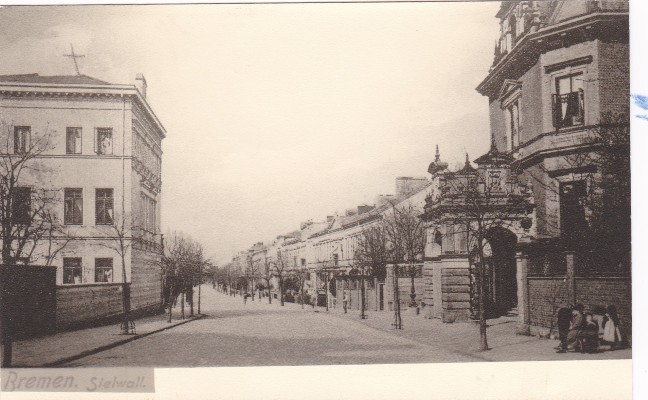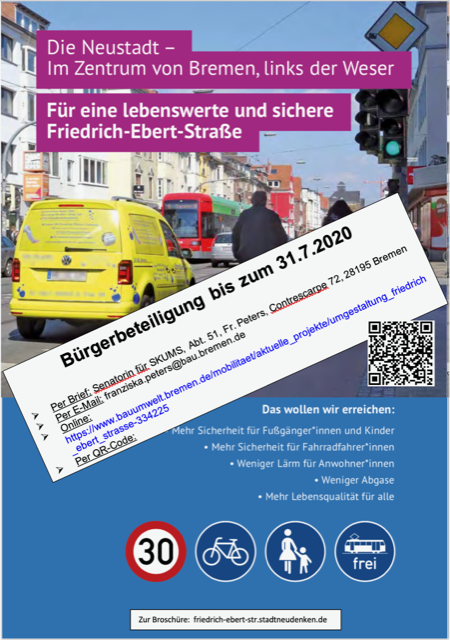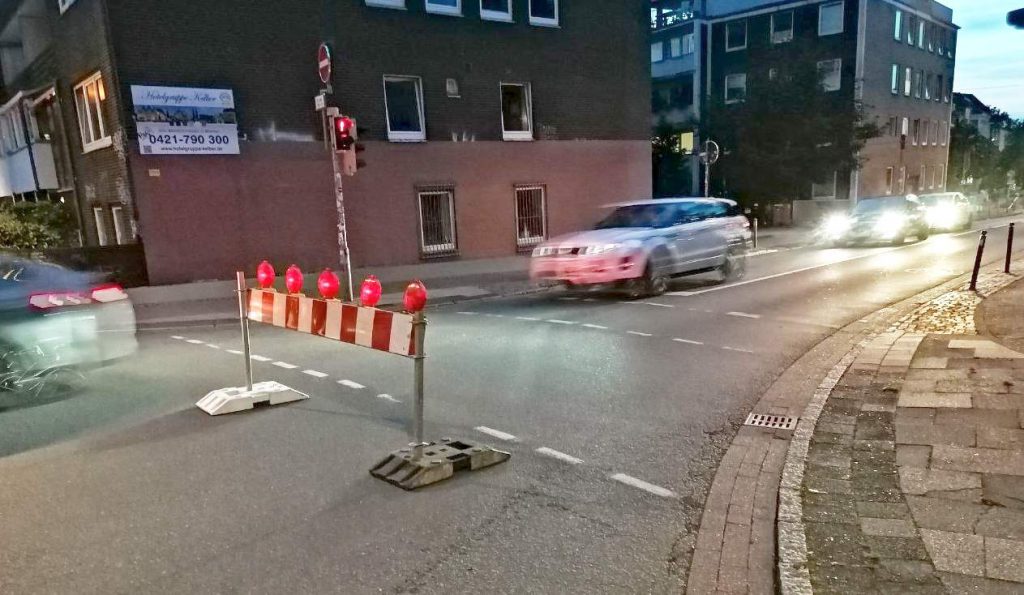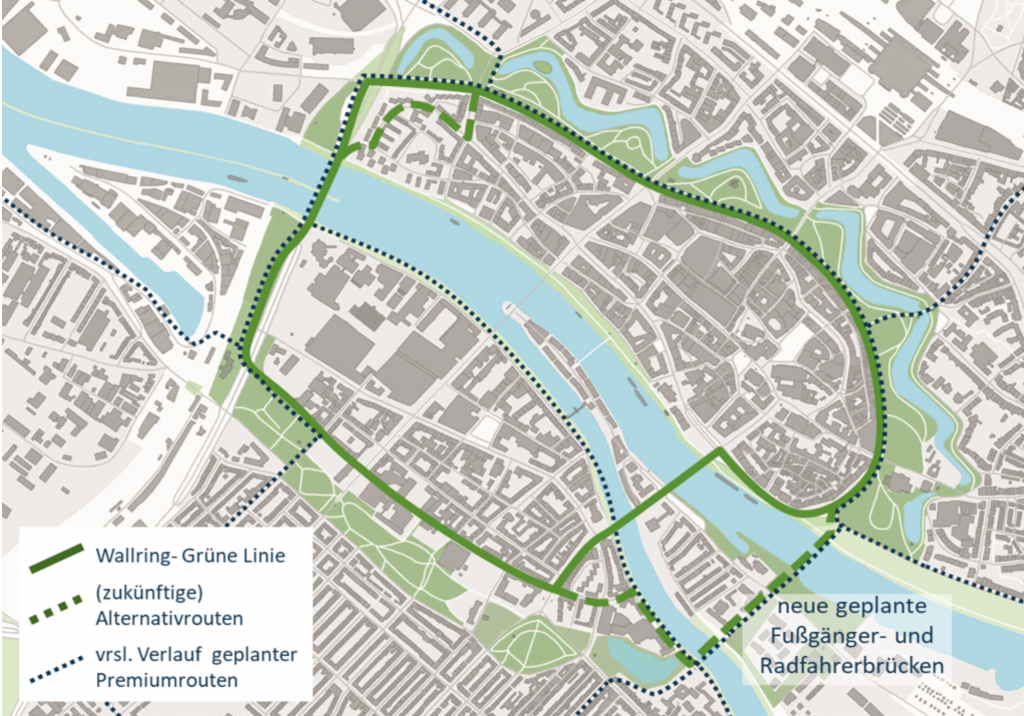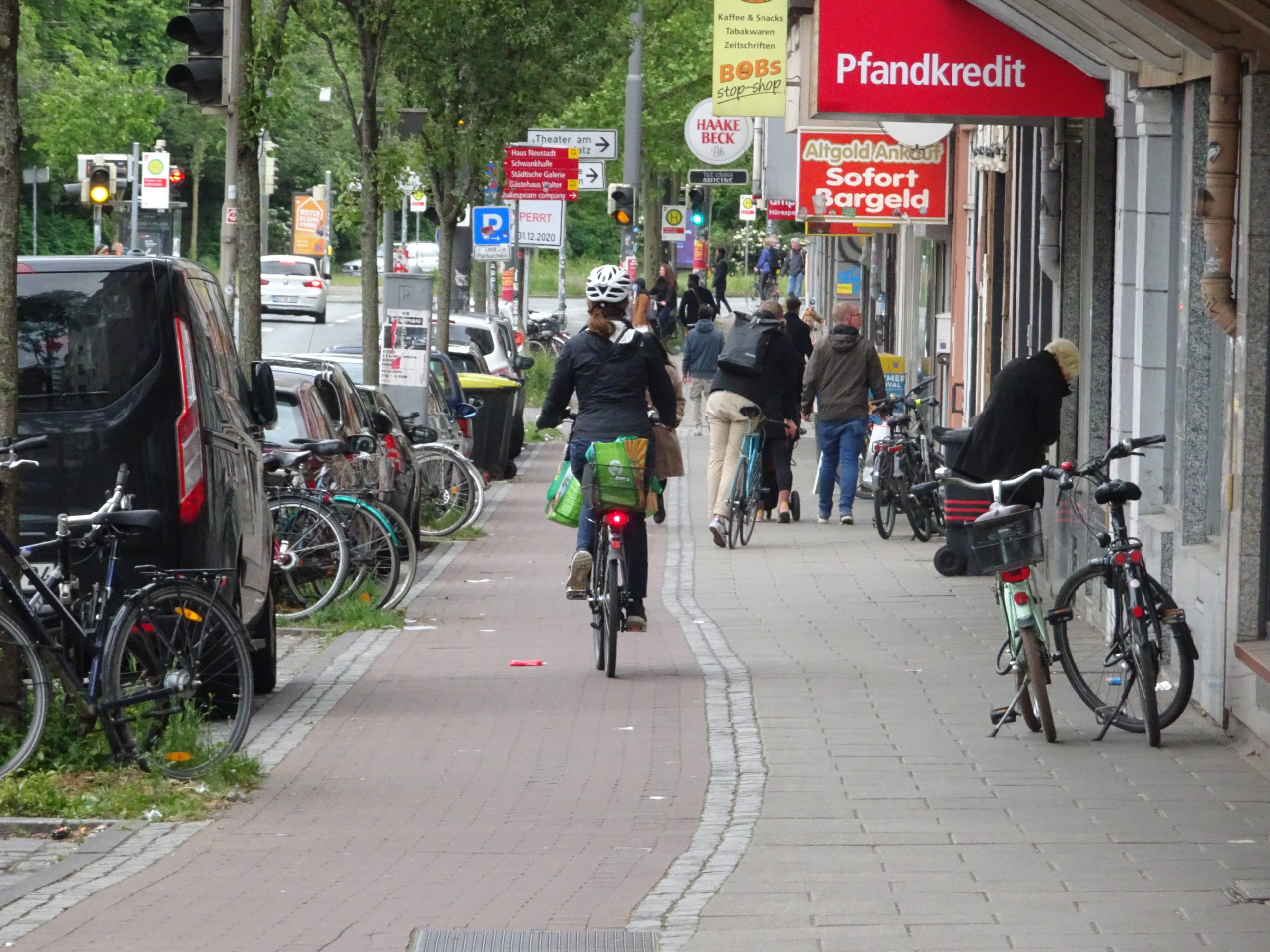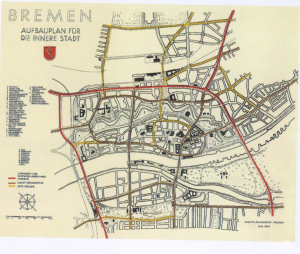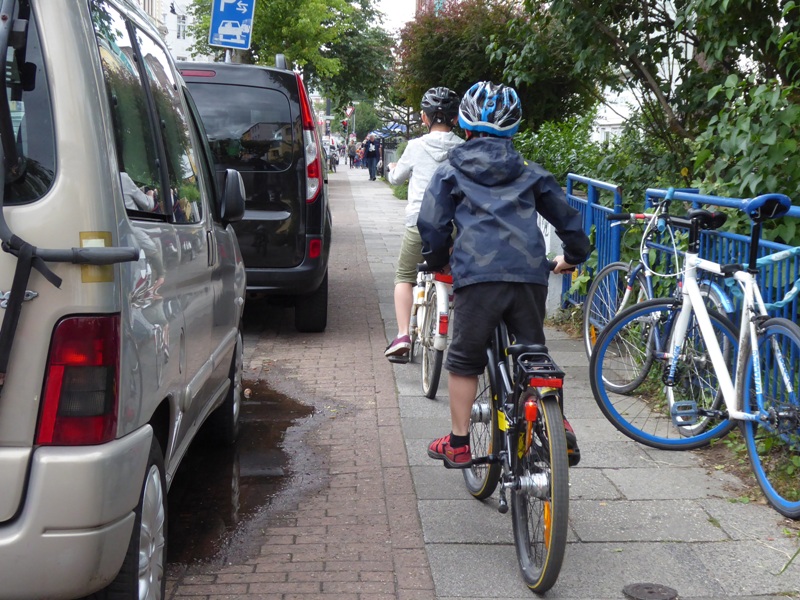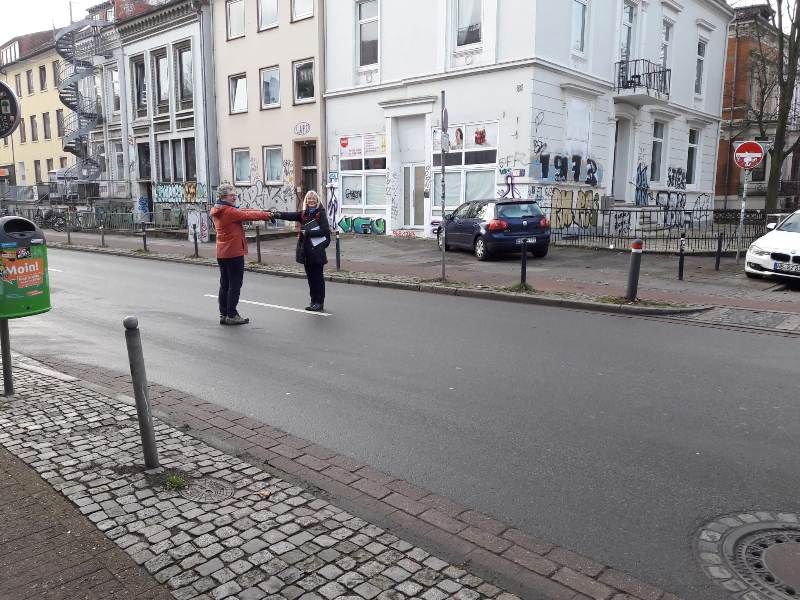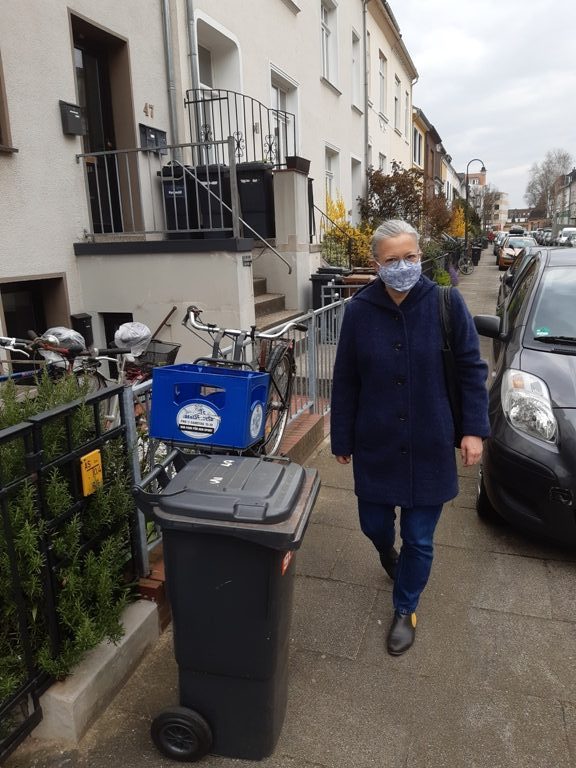The climate crisis and need for a transformation to a sustainable traffic and transport system demand feasible concepts. The initiative “Einfach Einsteigen” (not exactly translateable, but close to Simply Enter; Get on (board)/hop on) has developed a calculated concept for financing the expansion and operation of Bremen’s local transport system. A role model for other cities as well?
Here is some background information on “Einfach Einsteigen” (hereafter abbreviated as “we”) financing concept for local transport as well as its assessment by the Bremen Senate. If the concept is implemented, the initiative claims, local transport in Bremen can be operated without tickets as well as comprehensively expanded.(Note: this is operating under German law) Continue reading Einfach Einsteigen: A Public Transport Revolution?
Continue reading Einfach Einsteigen: A Public Transport Revolution?
